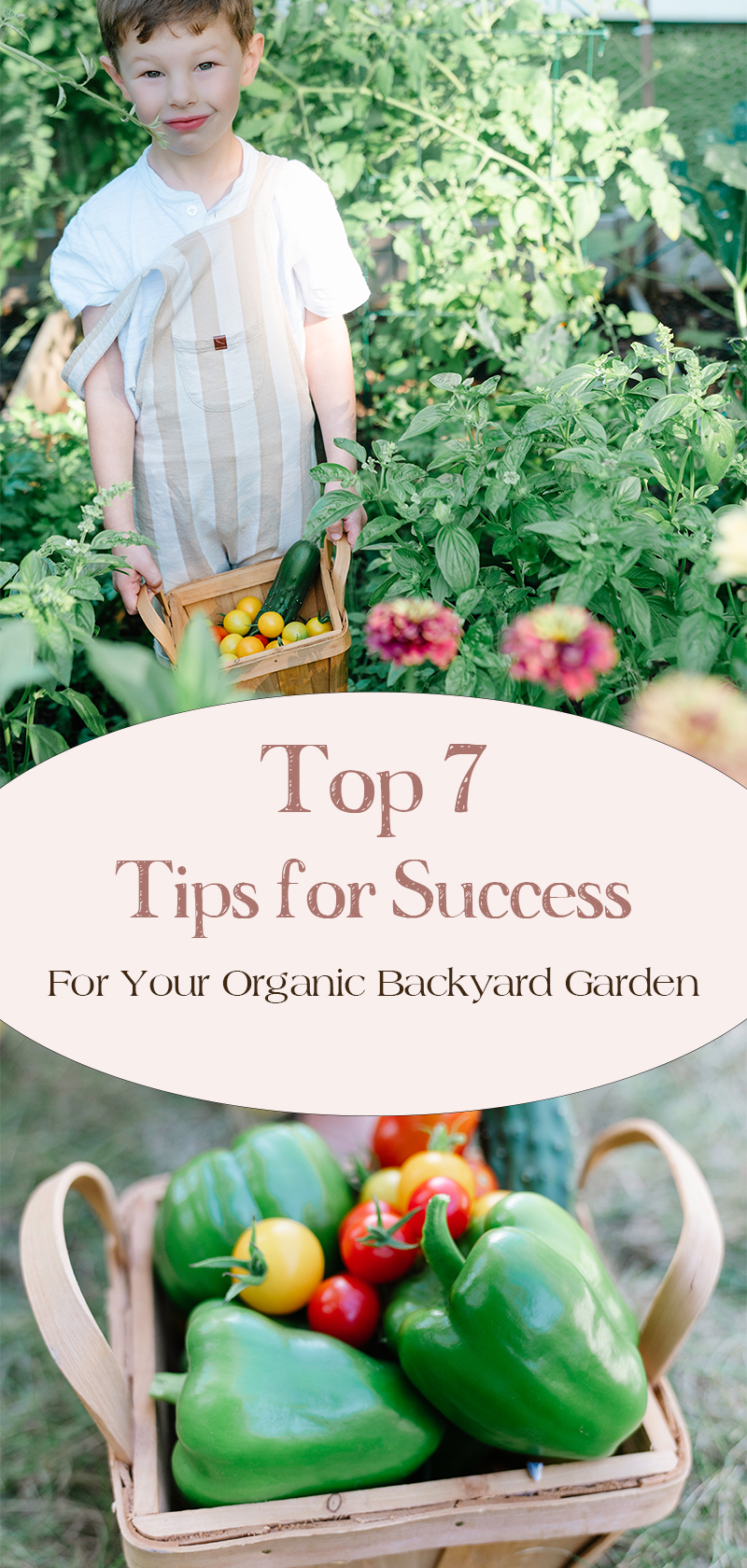Here are the top 7 tips for success for beginner gardeners. Grow a strong, thriving, and healthy organic backyard garden!
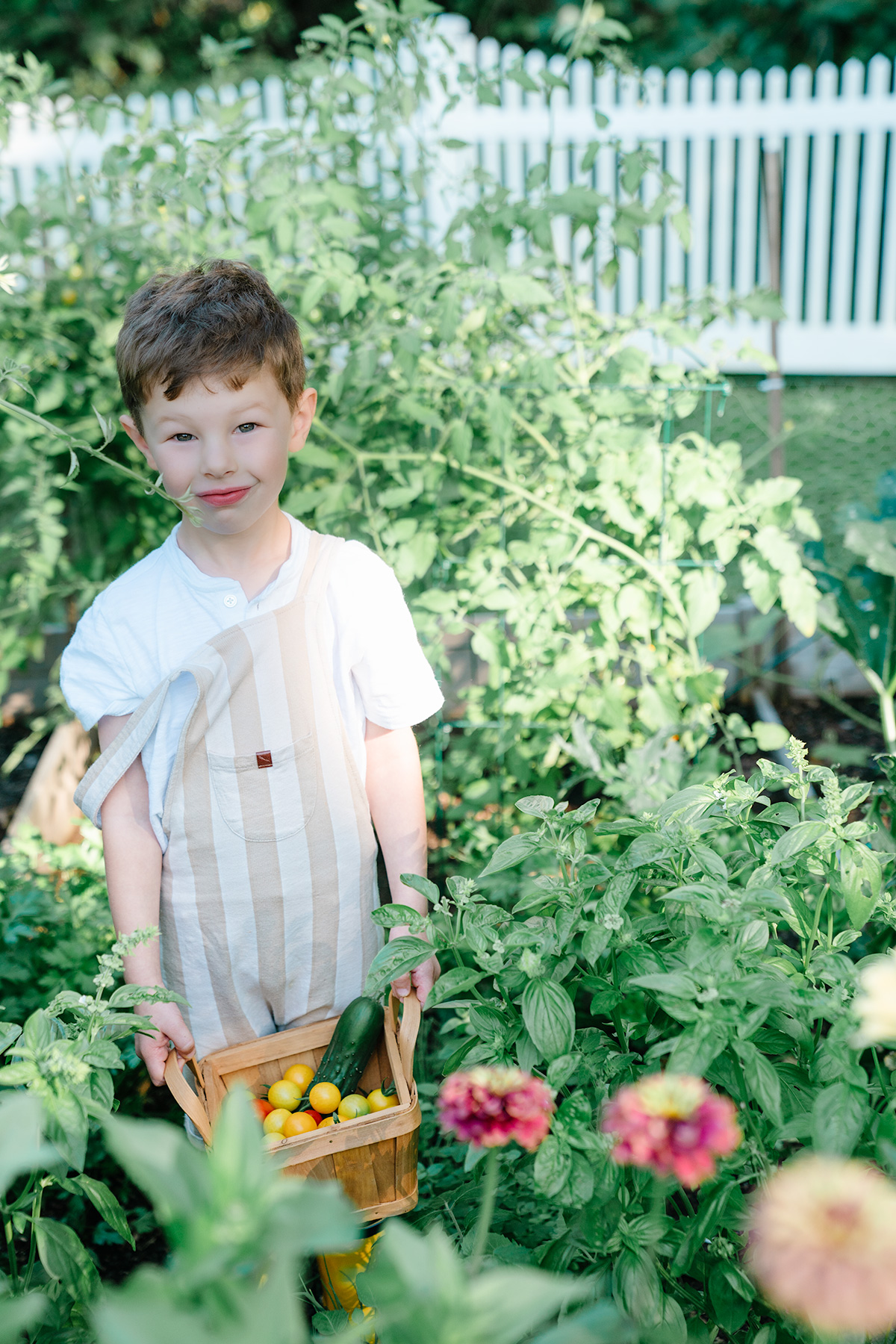
Here’s the thing all beginner gardeners will discover: you learn as you go.
I’ve learned so much about what to do (and what not to do!) during the seasons I’ve planted a backyard garden.
Since I’ve made a lot of mistakes along the way, I’d like to save you the hassle.
There are certain key steps I’ve learned that pretty much guarantee a good level of success with growing an organic garden.
For planting a healthy, strong and successful backyard garden, here are the top 7 tips I’ve discovered:
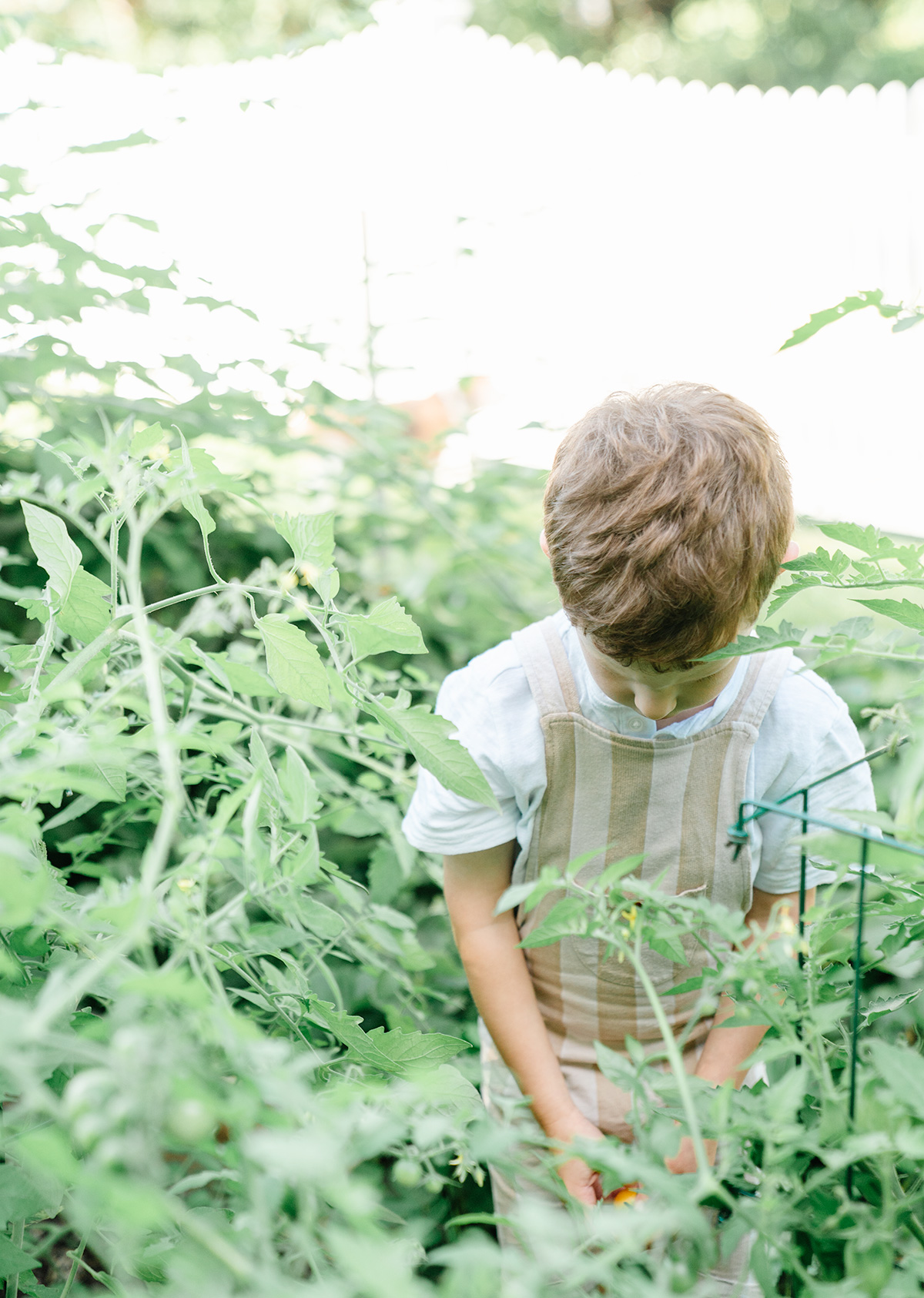
1.) Find Maximum Sunlight
Before planting your garden, give yourself a few days to map out your backyard for sunlight.
Look for regions of your backyard where the sun shines directly. Study these areas during the morning, early afternoon, and late afternoon. Spots that are really sunny in the early morning can become shady for the afternoon, so it’s important to pay attention to how the sunlight changes over the course of a day.
You really want to find the spot in your yard that gets maximum direct sunlight for the maximum number of hours per day.
The more sun your plants receive, the stronger, faster, and healthier they’ll grow.
2.) Water In The Morning
During the season I tried watering my garden in the evening, my squash plants (and the lower section of my cucumber plant) developed mold. The dark, cool, wet conditions at night encourage mold growth.
I find it’s much better to water the garden by mid-late morning.
One watering per day is perfect for producing a thriving garden. And if it rains (even a light shower), you can skip watering that day.
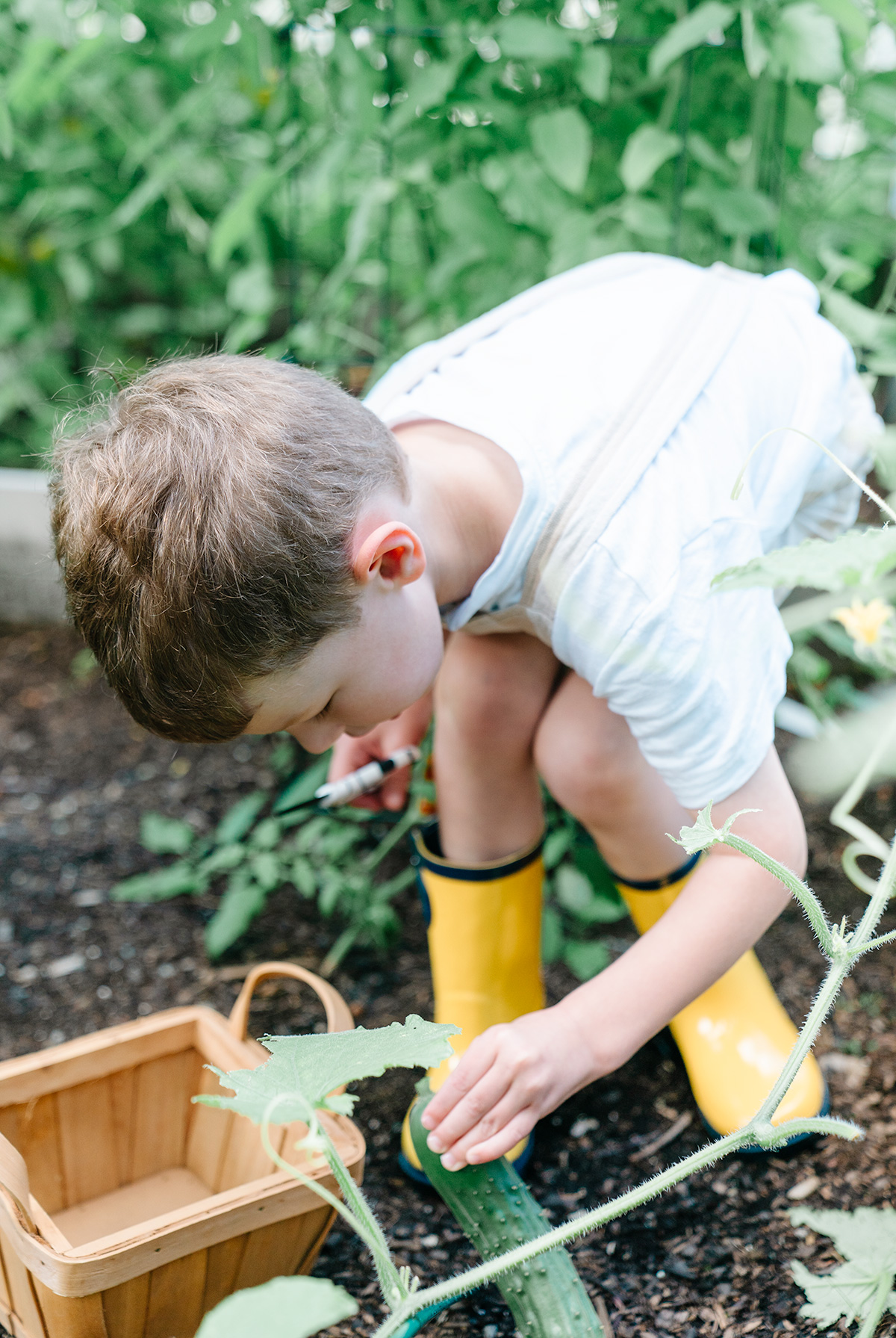
3.) Invest In Quality Compost
A high quality compost is expensive, but I’ve found it’s worth the investment.
Good compost will help your plants thrive. Strong, healthy plants are able to resist being taken over by pests, molds, and weeds.
Making your own compost is the ideal. But for beginner gardeners, you may want to try a few seasons of growing before attempting to create your own compost. I recommend purchasing a compost with an organic certification. One really good certification I look for is OMRI. And one brand of organic compost that I’ve found really effective is Coast of Maine.
As I mentioned, these quality organic composts are definitely expensive. But keep in mind: this is a once-yearly investment for a garden that should last throughout the full growing season (up to five months out of the year). And next year, much of the soil will remain, and you’ll likely need just a few new bags of compost.
I’ve had the most luck finding these products at large, local garden centers. Big box stores like Home Depot and Lowe’s don’t often stock these higher quality brands. Try doing a Google search for “Garden Center,” and Google maps will pull up a listing of store options in your area.


4.) Don’t Overcrowd Your Plants
Here’s a rookie mistake I definitely made: the tiny little seedlings you’ll start out with in the spring will grow 20 times in size (or more)!
And when plants are too close together, they compete for sunlight, nutrients, and space. That leads to unhealthy plants.
It’s really important to give your plants plenty of space to grow.
Here are some guidelines I’ve developed for some of the more common backyard garden plants:
Tomatoes
You can fit a maximum of two (2) tomato plants in one 4-foot-by-4-foot raised garden bed.
Peppers
Pepper plants are on the smaller side. You can fit three (3) pepper plants in one 4-foot-by-4-foot raised garden bed.
Squash
Squash plants (like zucchini and yellow/summer squash) become absolutely huge by late summer. Plant only one (1) squash plant in the center of a 4-foot-by-4-foot raised garden bed.
Cucumbers
Grow your cucumber plants on a trellis, and you can fit two (2) cucumber plants in one 4-foot-by-4-foot raised garden bed.
Herbs
Herbs (like basil, chives, parsley, cilantro, and oregano) don’t take up too much space. You can fit six (6) herb plants in one 4-foot-by-4-foot raised garden bed.
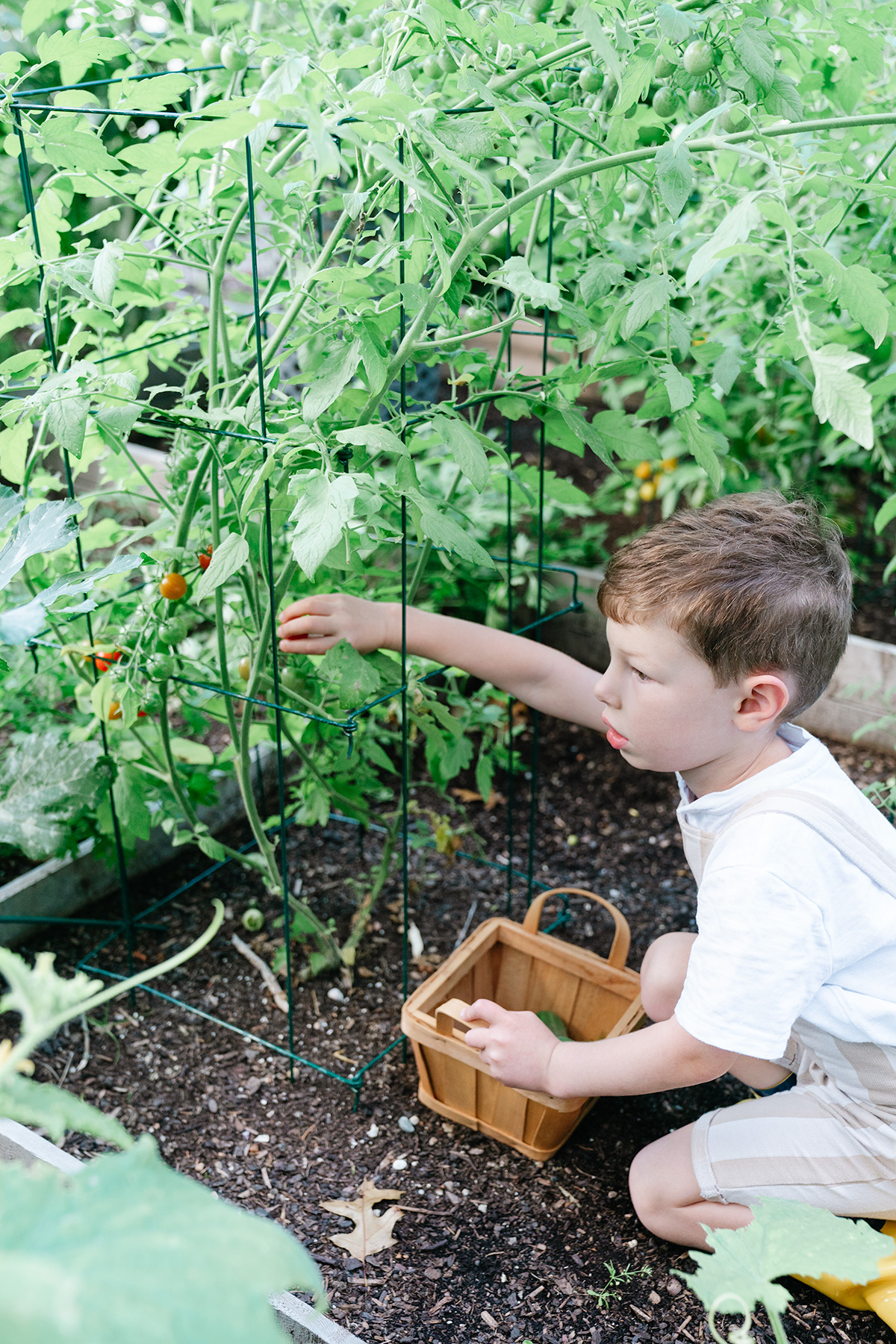
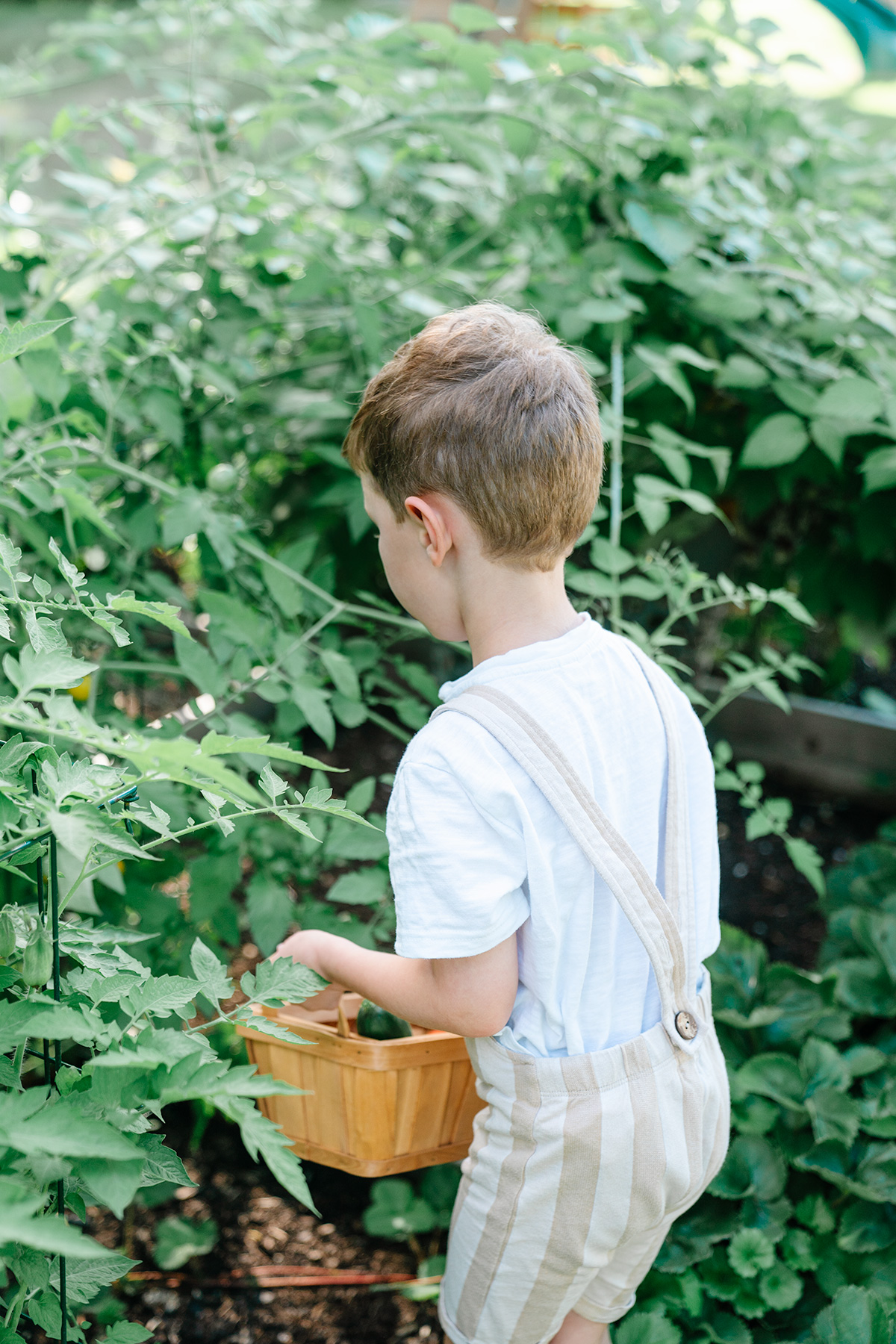
5.) Certain Plants Need Extra Support
A few plants require the extra support of a trellis or cage:
Tomatoes
Although they can be expensive, I recommend buying the largest and most sturdy tomato cages you can find. I’ve gone through a few smaller (and cheaper) cages that my tomato plants completely outgrew. So save yourself the money and the trouble and just start with the biggest cages. Invest in large high quality cages, and you’ll be able to reuse them year after year.
Cucumbers
A cucumber plant grows best on a trellis. You can purchase a quality trellis online or at a garden store, or you can simply build one. Just place about three wooden stakes that cover the length of your garden bed, and then wrap twine around the stakes to form a grid pattern.
Peppers
Pepper plants also need the support of a cage. They’re smaller, so you can get away with a smaller-sized cage.
Important Note: You’ll want to insert the cages when you first plant your seedlings. It’s best to give small, developing plants a framework and a guide to grow into. It becomes too difficult to get the cages into place when the plants become really large and full of leaves.
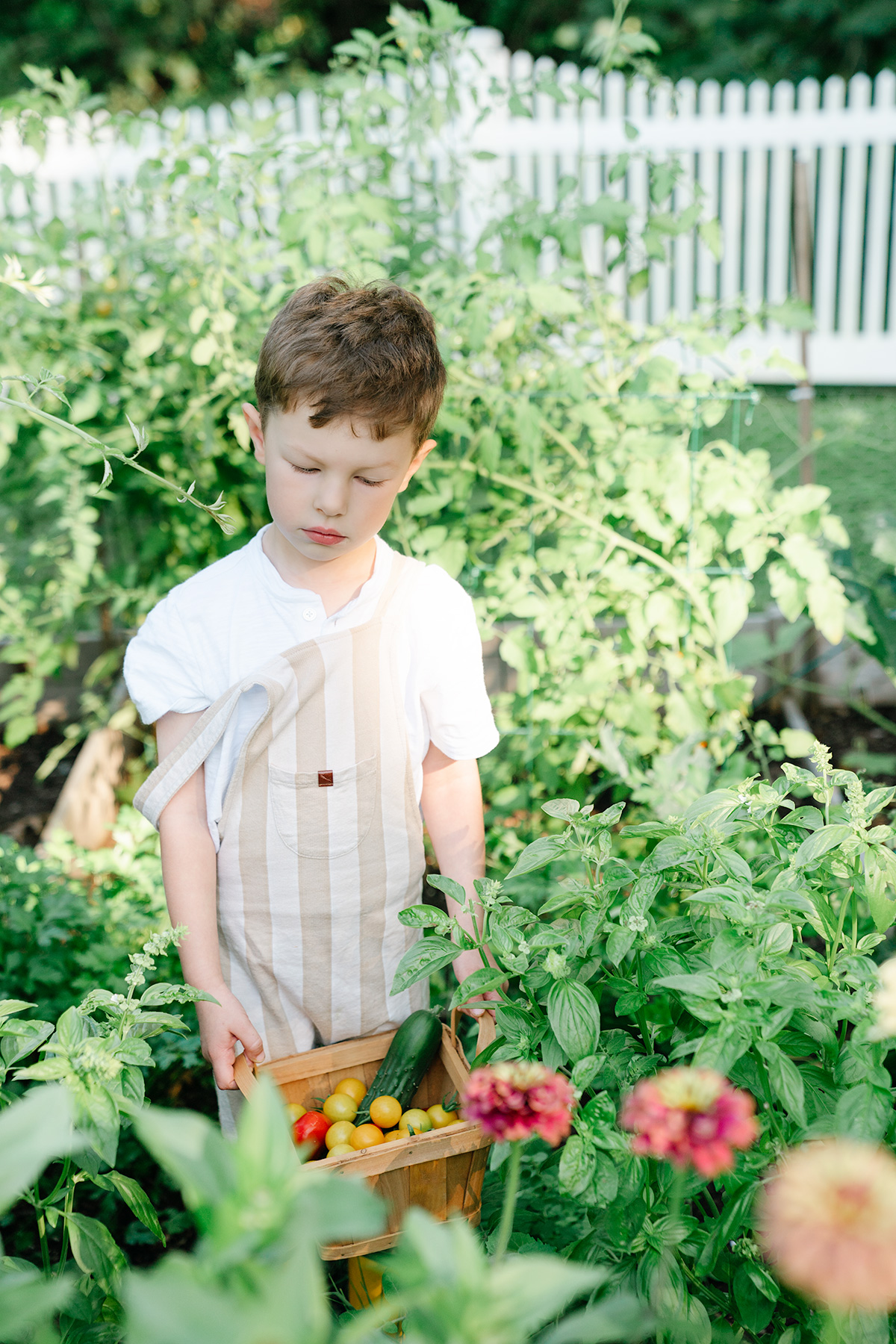
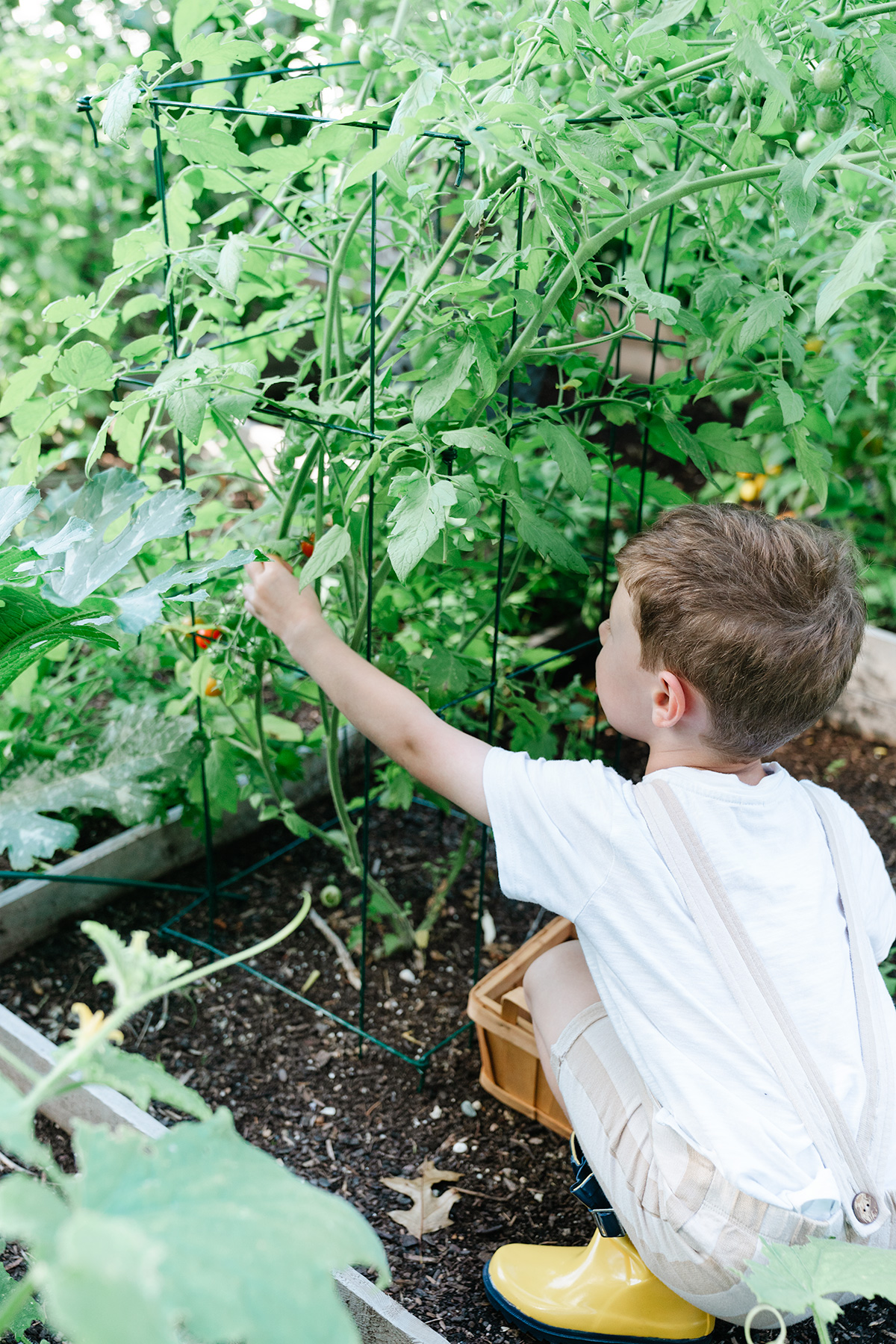
6.) Give Your Garden A Few Minutes Each Day For Upkeep
It’s best to spend just a few minutes examining your garden each day. It doesn’t need to take much time. But checking in daily will help you to catch any problems early.
I check my garden right before watering.
Look for mold on leaves so you can catch it and remove those leaves immediately. And use kitchen shears to cut off any drooping or yellow leaves.
Don’t worry if you notice a few insect bites in the leaves of otherwise healthy plants. If you’re following all of the tips in this post to keep your plants strong and healthy, they’ll be able to withstand a few insects.
Remove any flower buds from your basil to encourage the leaves to keep growing.
Make sure you pick any vegetables or fruits that are ripe. Cucumbers or squash, for example, can grow to enormous sizes overnight if you’re not watching carefully. Tomatoes that aren’t picked will turn to mush.
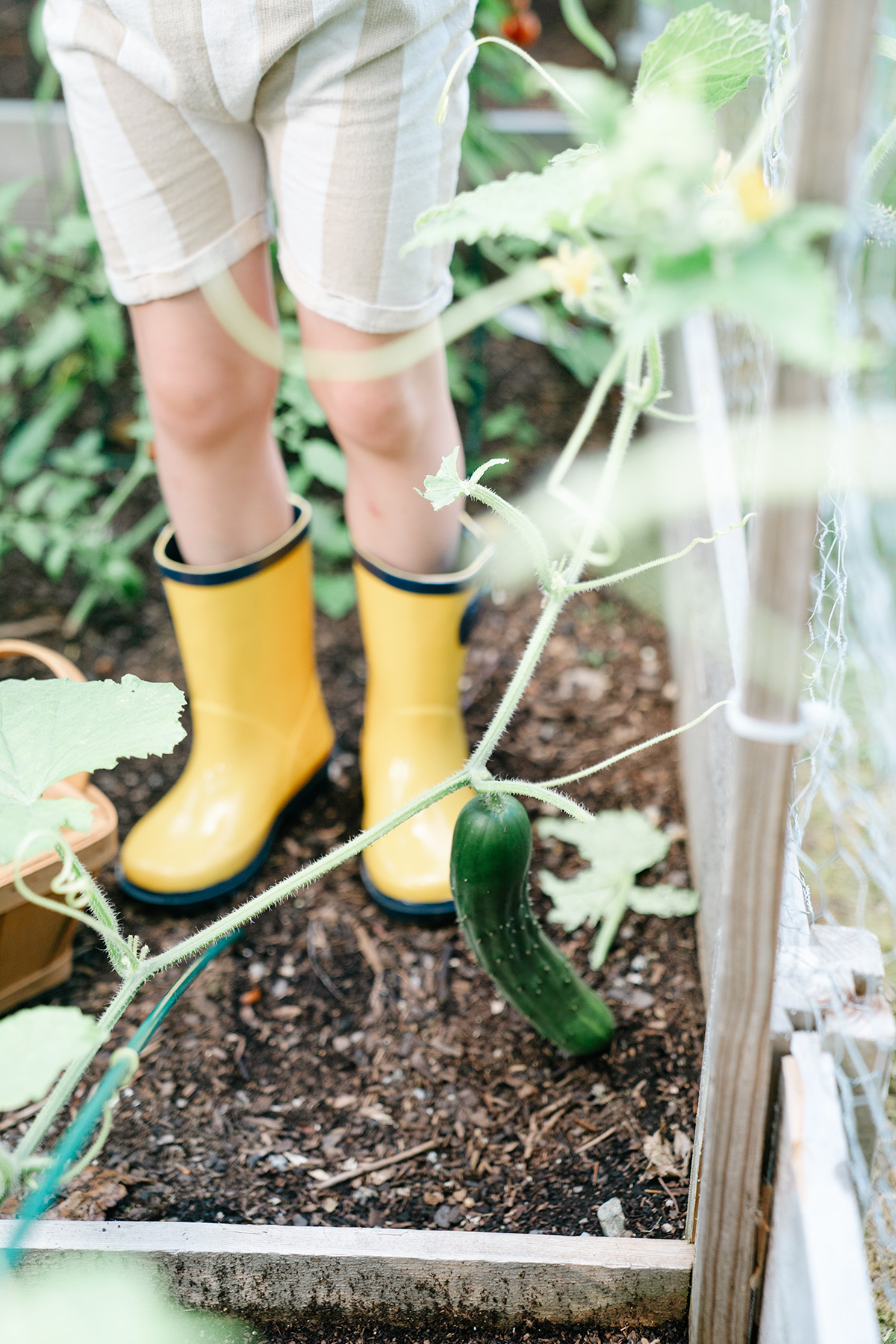

7.) Keep Critters Away
We live in an area heavily populated by deer, rabbits, chipmunks, groundhogs, and squirrels. What I’ve learned: all of these creatures will happily help themselves to your backyard garden!
The best solution I’ve found is to attach chicken wire/galvanized welded fencing around the entire perimeter of the garden.
I accomplish this by inserting several wooden stakes so they’re pressed into the soil against the inside of the garden bed planks.
Next, wrap the wire fencing around the perimeter of the garden and secure it to the stakes to hold up the fencing.
In my backyard garden, the fencing reaches about 1 1/2 feet above the garden bed walls. I find that this height is ideal because it’s tall enough to keep critters out, but not so tall that I can’t step over the fence to tend my garden.
Also be sure that the fencing is attached to the outside of the garden beds, and that it stretches all the way to the ground. I emphasize that the fencing should touch the ground because the wire discourages critters from climbing up the side of the garden beds. You can simply staple the fencing to the outside of the garden beds to secure it in place.
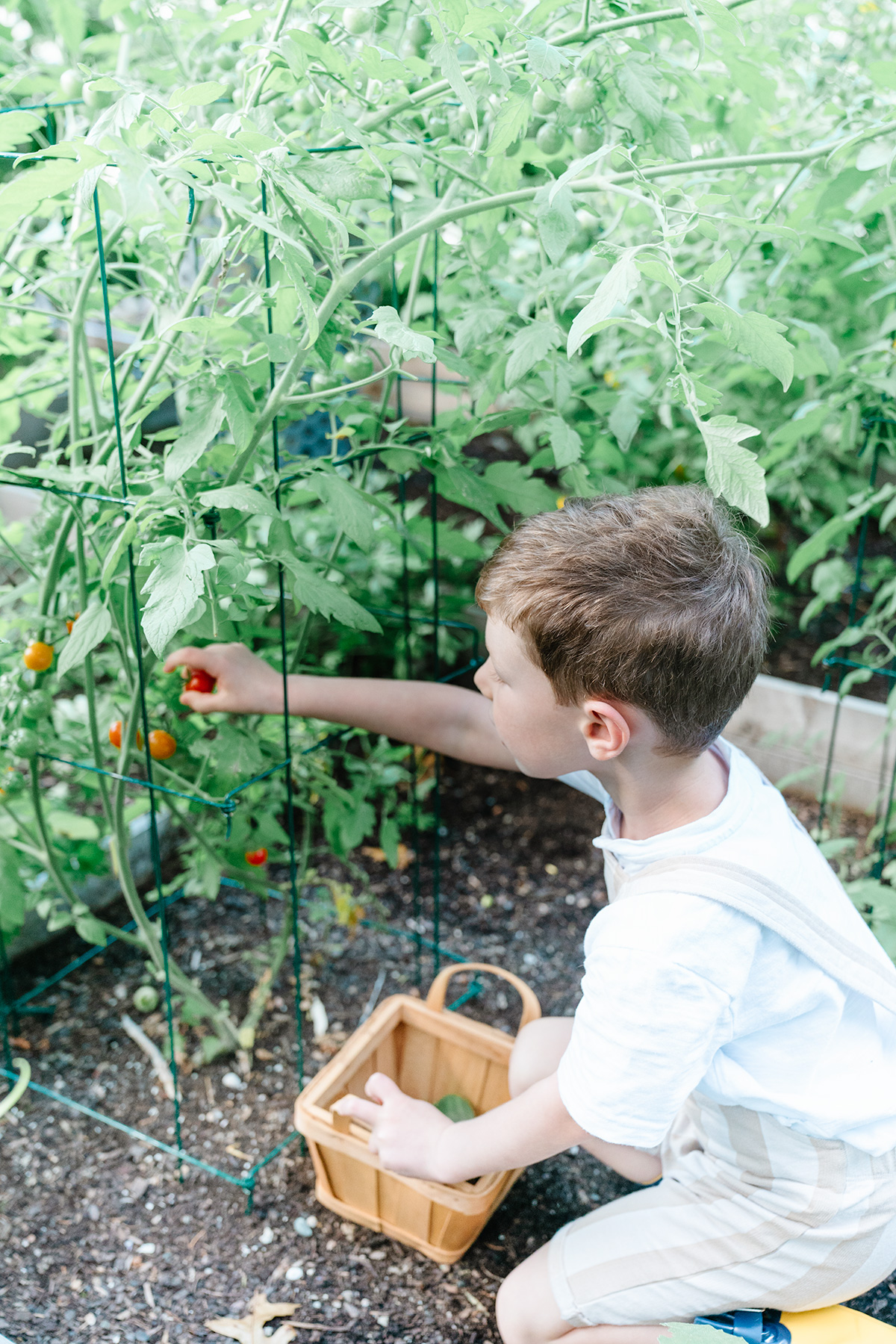

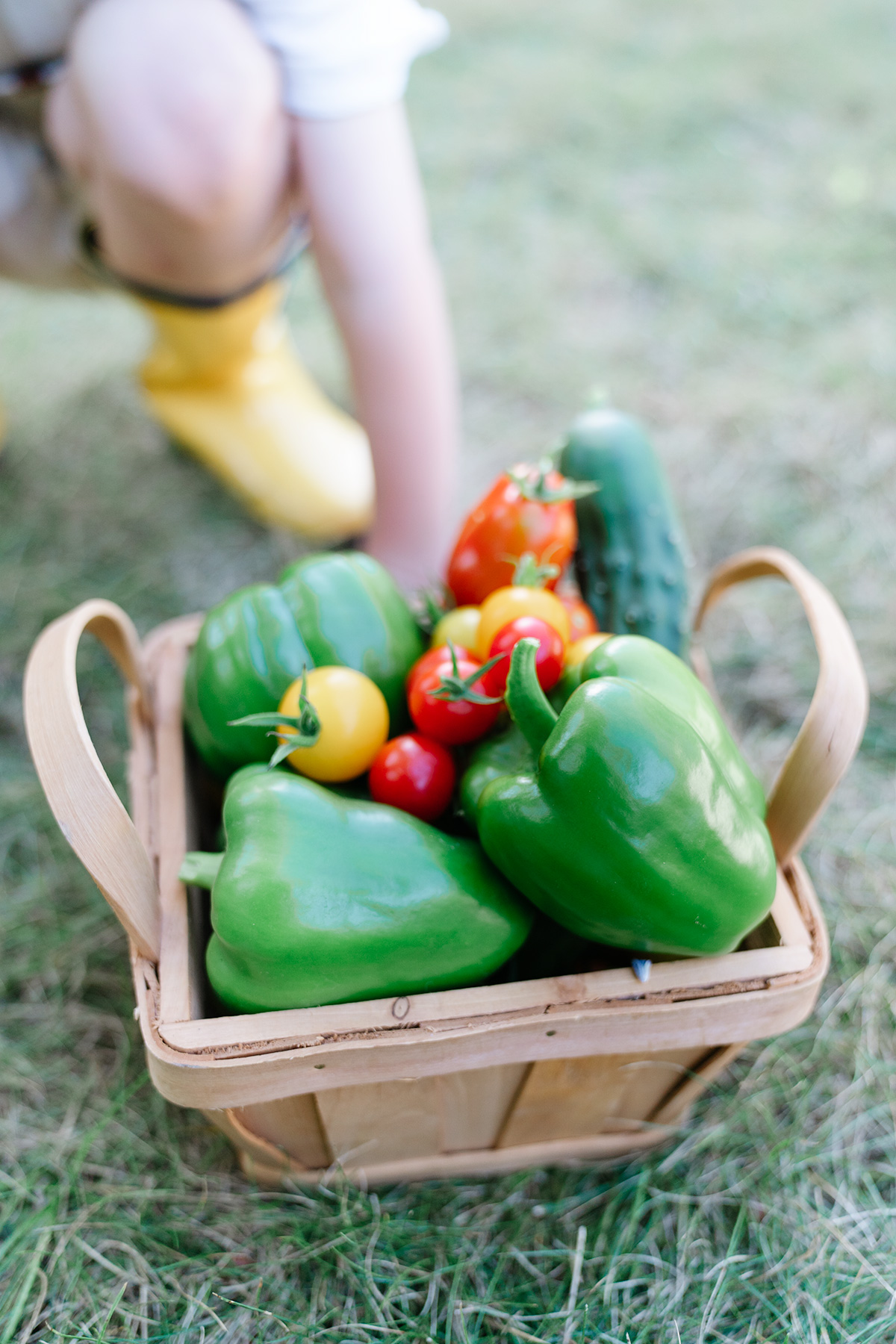
These are my best tips for maintaining a thriving backyard garden full of strong, healthy plants.
There’s definitely a small amount of daily work involved in growing a backyard garden. But I find the work so worth the experience of watching the plants grow and thrive. It’s rewarding to enjoy the freshest and most delicious fruits, vegetables, and herbs straight from your backyard!
For More Backyard Garden Tips, Check Out:
The Easiest Plants to Grow for Beginner Gardeners
Easy Beginner Guide: Plant Your Organic Backyard Garden In One Weekend
Have Kids? Here’s Why You Should Grow A Garden
Pin on Pinterest:
